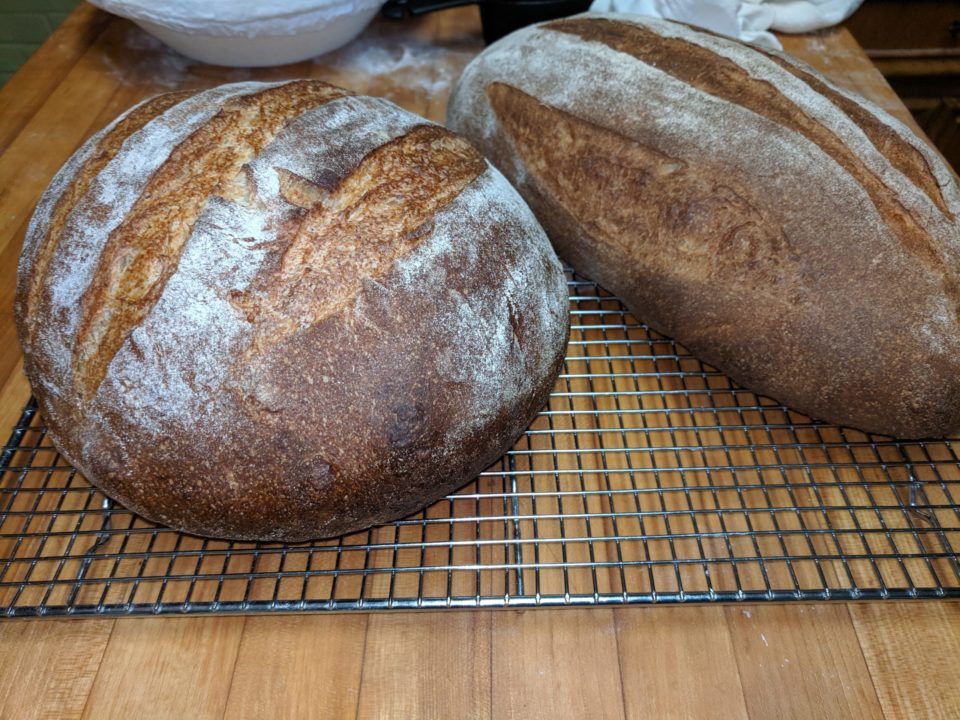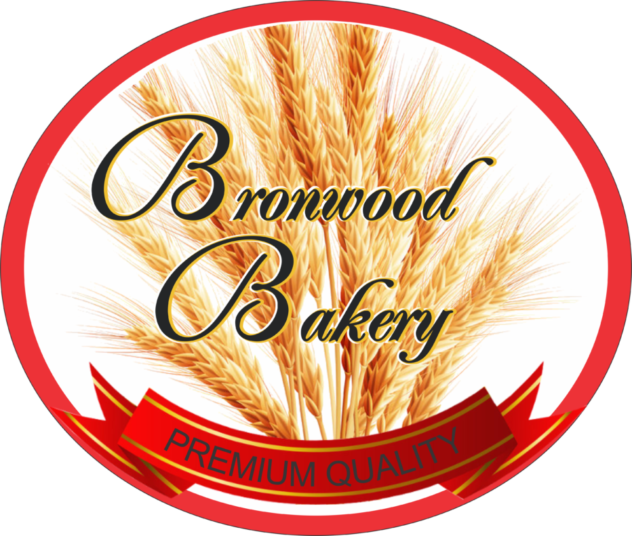
What Is Sourdough Bread?
A little history –Sourdough bread is the oldest and most ancient form of leavened bread. The use of leavening was discovered and recorded by the Kemites (later called Egyptians). There is some discussion among historians of ancient food about how this process happened, and the degree to which there was an overlap between brewing and bread-making. What is not in doubt is that the ancient Kemites knew both the brewing of beer and the process of baking leavened bread with use of sourdough. Until the time of the development of commercial yeasts, all leavened bread was made using naturally occurring yeasts – i.e. all bread was sourdough, with it’s slower raise.
Leavening – cause (dough or bread) to ferment and rise by adding leaven.
Historians record a loaf was discovered in Switzerland, dating from 3500 BCE and write that sourdough moved to the United States in the nineteenth century from France. As a result, the bread in San Francisco was predominately sourdough, with bakeries such as the Boudin Bakery still baking today after having been founded in the mid nineteenth century. San Francisco sourdough is the most famous sourdough bread with evidence of continuous production since 1849. California gold rush miners were nicknamed sour doughs after their bread. The prospectors and explorers in the United States during that time, would keep the mother leavening on their person, to make sure it didn’t freeze in the bitter winters.
Interest in sourdoughs from smaller bakeries and home production is once again on the rise!
Sourdough bread is made by the fermentation of dough using naturally-occurring lactobacilli and yeast. Sourdough bread has a mildly sour taste not present in most breads made with baker’s yeast and better inherent keeping qualities than other breads, due to the lactic acid produced by the lactobacilli.
Some Benefits Of Eating Sourdough Bread
Sourdough Bread is truly an ancient art that is crafted in harmony with nature. It is only natural that we eat it as opposed to other breads.
Contains bacteria Lactobacillus in higher proportions to yeast than other breads.
Fermentation process increases beneficial bacteria in bread AND your gut promoting easier DIGESTION.
Longer prep time = Protein gluten broken down into amino acids. Again resulting in easier digestion.
Naturally preserves itself inhibiting growth of mold. Due to Acetic-acid occuring in fermentation process.
Will not dramatically spike blood sugar as other breads – lower glycemic index.
More nutrients availability includes B1-B6, B12, Folate, Vitamin E, Iron and more. Plus uniquely balanced proteins and fatty acids.
In Addition Specific to The Bronwood Bakery Sourdough:
Made with Muhammad Farms Premium Whole Wheat Flour which not only adds vitamins, minerals and fiber, also great FLAVOR to this particular bread.
Does Not contain any commercial yeast.
DOES NOT contain L-cysteine found in MOST commercial breads! The majority of L-cysteine is obtained industrially by hydrolysis of HUMAN HAIR, poultry feathers, or hog hair, with human hair being the preferred method.
Go home and CHECK YOUR BREAD LABEL! “Eat bread NOT Hair!”
What Is Wild Yeast?
Until the time of the development of commercial yeasts in the nineteenth century, all leavened bread was made using naturally occurring yeasts – i.e. all bread was sourdough, with it’s slower raise.
Wild yeast is what the name implies. Wild. In other words, it is the naturally existing yeast blowing around in the air or on vegetation (the white powder on the shoulders of grapes or plums). Wild yeast clings to surfaces in the wheat fields and on equipment and will end up on your flour. What comes, comes. The various species of wild yeast floating around your wheat field may not be the same as someone else’s. Thus, imparting its own unique flavor profile.
The fact that wild yeast takes longer to kick in, allows more contact time on your flour producing greater flavor and in The Bronwood Bakery sourdough, a wonderfully nutty taste adding depth of character. A frequent by-product of wild yeast is its unusual odors and flavors. It has been noted by many that the unpredictable aromas imparted by wild yeast is what can add to its complexity, giving it an interesting, sophisticated nature.
Note: Sometimes wild yeast is referred to as “natural” yeast. The term natural is rather ambiguous. There is no such thing as artificial or fabricated yeast. All yeast — even cultured yeast — is natural. The difference is whether the fermentation is from “wild” or “inoculated” yeast.
Capturing Wild Yeast
Yeast and bacteria are everywhere. In every breath we take and every bite we eat. These microbial cultures populate our digestive tracts and play a critical role in breaking down the food we eat. Certain microbial organisms can be harnessed to manifest extraordinary culinary transformations.
Sourdough pre-ferment or “starter” – Mix flour and water in a bowl and let it sit on your kitchen counter. Within days it will start to bubble. Some add a bit of honey in the beginning some don’t”. It really is a simple process and there are so many books, like “Wild Fermentation” by Sandor Katz, and videos to help you get started. Keep learning. Keep growing and Share!
